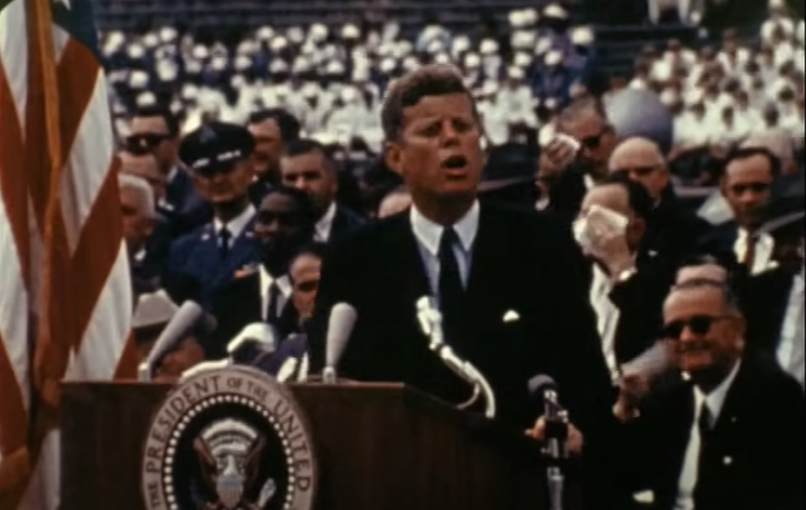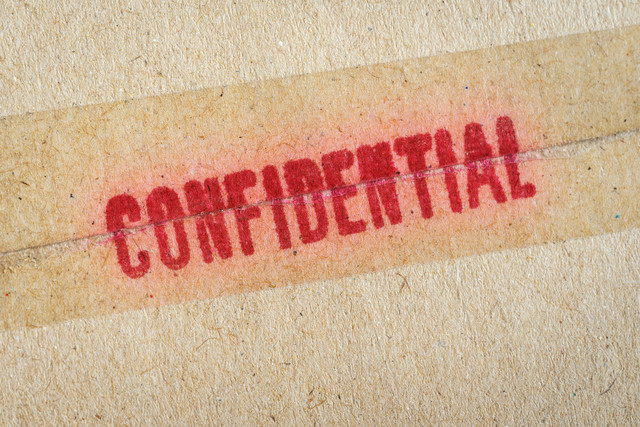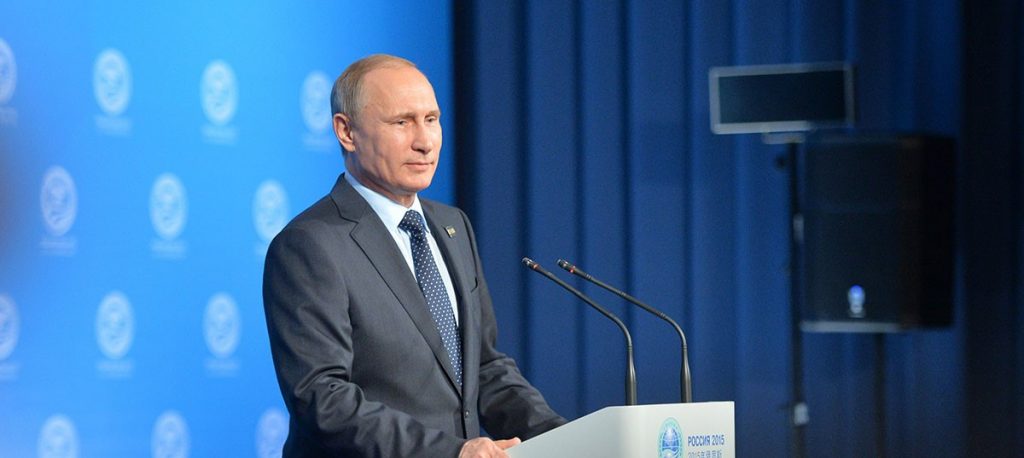Newly Declassified JFK Files Unveil CIA Operations and Surveillance Details

©️NASA Video
In a significant move toward transparency, the National Archives released over 63,000 pages of previously classified documents related to President John F. Kennedy’s 1963 assassination.
This release, following President Donald Trump’s executive order, offers fresh insights into CIA operations and surveillance activities of that era.

Unveiling CIA Surveillance Techniques
Among the declassified materials are detailed accounts of CIA surveillance methods, particularly in Mexico City between December 1962 and January 1963.
The documents reveal how the agency monitored communications at Soviet and Cuban diplomatic facilities, which Lee Harvey Oswald visited months before the assassination. Specific instructions for wiretapping, including using chemicals to create markings visible only under UV light, showcase the sophistication of CIA spycraft at the time.

Schlesinger’s 1961 Memo: A Glimpse into CIA-State Department Relations
A notable inclusion is the unredacted 1961 memo from Arthur Schlesinger Jr. to President Kennedy. The memo criticizes the CIA’s expansive influence, highlighting concerns over the agency’s encroachment on State Department functions.
Schlesinger pointed out that in some countries, CIA personnel outnumbered regular State Department staff, raising alarms about the agency’s role in foreign policy.
Public and Scholarly Reactions
The release has garnered significant attention from historians, researchers, and the public. While many documents provide deeper insights into U.S. intelligence operations during the Cold War, they do not fundamentally alter the understanding of the events surrounding Kennedy’s assassination.
However, the detailed revelations about CIA activities have reignited discussions about the agency’s historical conduct and oversight.
Privacy Concerns Amid Transparency Efforts
Despite the push for transparency, the release has raised privacy issues. Some documents inadvertently exposed personal information, including Social Security numbers of individuals involved in past investigations.
At least two living former staffers were affected, highlighting the challenges of balancing public interest with individual privacy rights in declassification processes.
This extensive release marks a pivotal moment in the ongoing examination of one of America’s most scrutinized events. As scholars and enthusiasts delve into these documents, the broader implications for historical research and public understanding continue to unfold.
Read also: Drone Flies From China Into North Korea—What It Captured Is Shock!ng!


